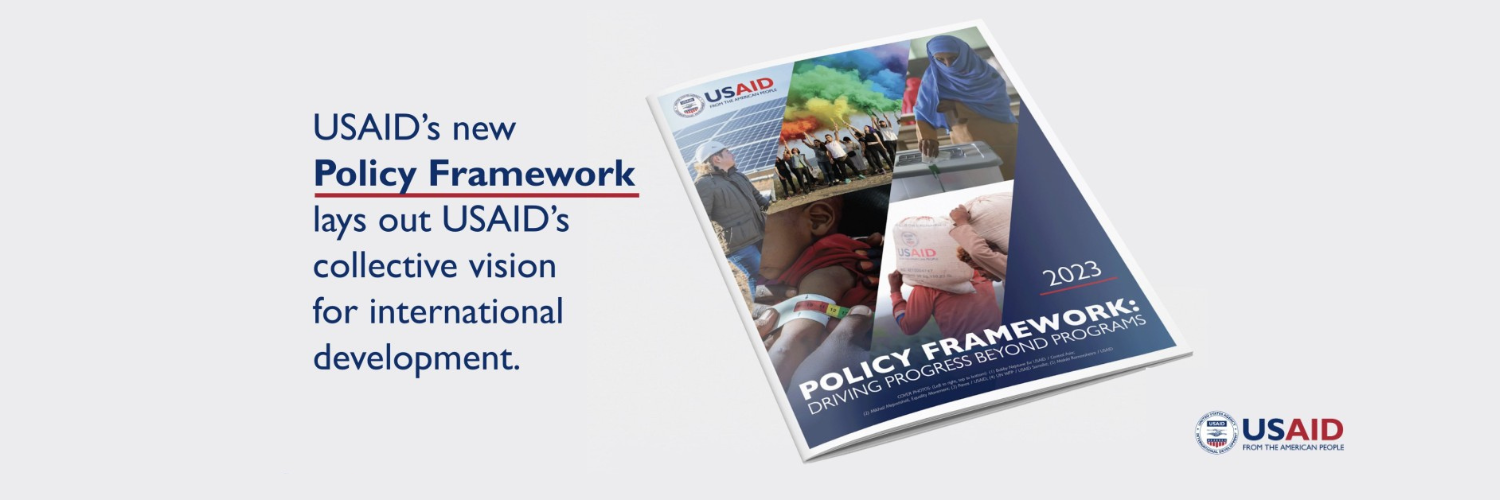WASHINGTON, D.C. February 7 (C-Fam) International funding from the U.S. Agency for International Development (USAID) has been much in the news lately. But perhaps even more alarming is the large number of policy documents that govern the day to day activities of USAID both at home and abroad.
The day to day activities have been governed by a network of strategy and policy documents emerging from the agency itself, the White House, or in collaboration with other entities, especially the Department of State. New analysis from C-Fam (publisher of the Friday Fax) demonstrates how this policy framework often reflects Democratic Party priorities, even far into Republican administrations.
The number of strategy and policy documents directing USAID’s work has grown to around fifty, and as the second Trump administration begins, 84 percent of the current strategies were written or most recently updated under a Democratic administration. Twenty-four percent of them were holdovers from the Obama administration.
While these policies and strategies do not carry the force of law, and only a few exist as the result of an order from Congress, they nevertheless direct the specific work of agencies within the executive branch, from the highest level down to the very granular parts. They affect the partnerships, grantmaking, and diplomatic priorities the U.S. projects into the world, particularly in developing countries that receive humanitarian assistance.
Under the Obama administration, and even more aggressively under the Biden administration, the U.S. government used USAID to promote controversial gender ideology and employed language used to promote abortion such as “sexual and reproductive health.” Of the policies surveyed, 40 percent included language pertaining to gender ideology, while some specifically promoted “comprehensive sexuality education” abroad.
An example of how this type of social engineering has been woven into USAID’s work is its gender equality and women’s empowerment policy, which was updated under former President Joe Biden in 2023. In it, “USAID affirms that the promotion of the rights of gender-diverse individuals—those with a gender identity beyond the binary categories of man or woman—is integral to the advancement of gender equality.” It also uses the phrase “sexual and reproductive health and rights,” which is internationally understood to include abortion as a right.
The first USAID gender policy was launched under Obama in 2012. It was updated in 2020 by Trump’s first administration in its final year, and drew outrage from activists on the political left for removing LGBTQ references, acknowledging non-contraceptive family planning methods, and noting that sex-based discrimination sometimes occurs before birth. Rewriting the policy was an early priority of the Biden administration.
Since these documents can be created or replaced by any presidential administration, their contents can fluctuate back and forth based on election outcomes. However, Republican administrations have proven thus far to be less adept at using this mechanism to direct the work of government agencies. When Trump took office for his first term in 2017, he inherited a stack of USAID policies and strategies that had ballooned considerably under Obama’s two terms. At his inauguration, 91 percent of USAID’s policy framework was drafted by Democrats. Yet at the time of Biden’s inauguration four years later, that figure had only dropped to 55 percent. Meanwhile, Democratic lawmakers in Congress repeatedly attempt to codify these policies in law by referencing them in bills that guide humanitarian and development assistance.
While the second Trump administration intends changes to USAID that go far beyond updating its policy framework, similar documents continue to govern the work of other agencies, including the Department of State. Incoming Trump appointees would do well to redraft or rescind the strategies left over from previous leaders whose goals do not align with those of the current president.
View online at: https://c-fam.org/friday_fax/new-c-fam-analysis-shows-how-formal-left-wing-policies-have-governed-usaid/
© 2025 C-Fam (Center for Family & Human Rights).
Permission granted for unlimited use. Credit required.
www.c-fam.org









